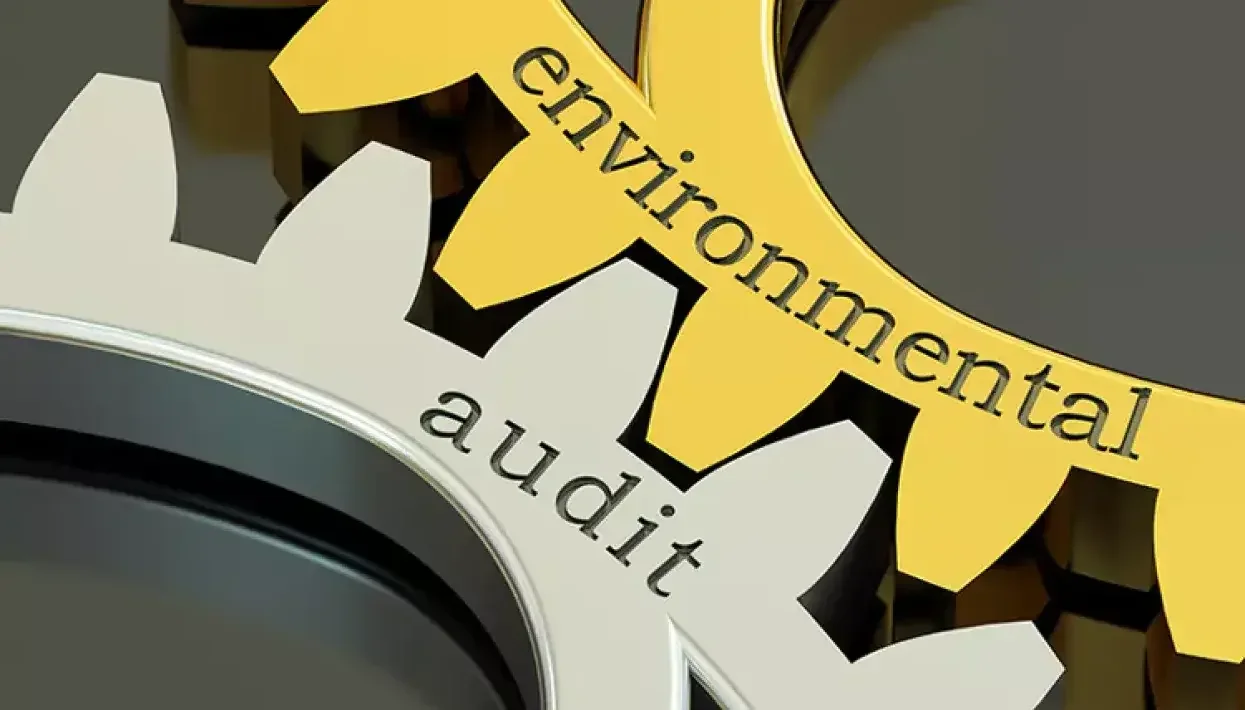Sustainability
The challenges of environmental auditing and self-certification
Author
FESPA Staff
Published Date
22/08/2022
Become a FESPA Member
to Continue Reading
